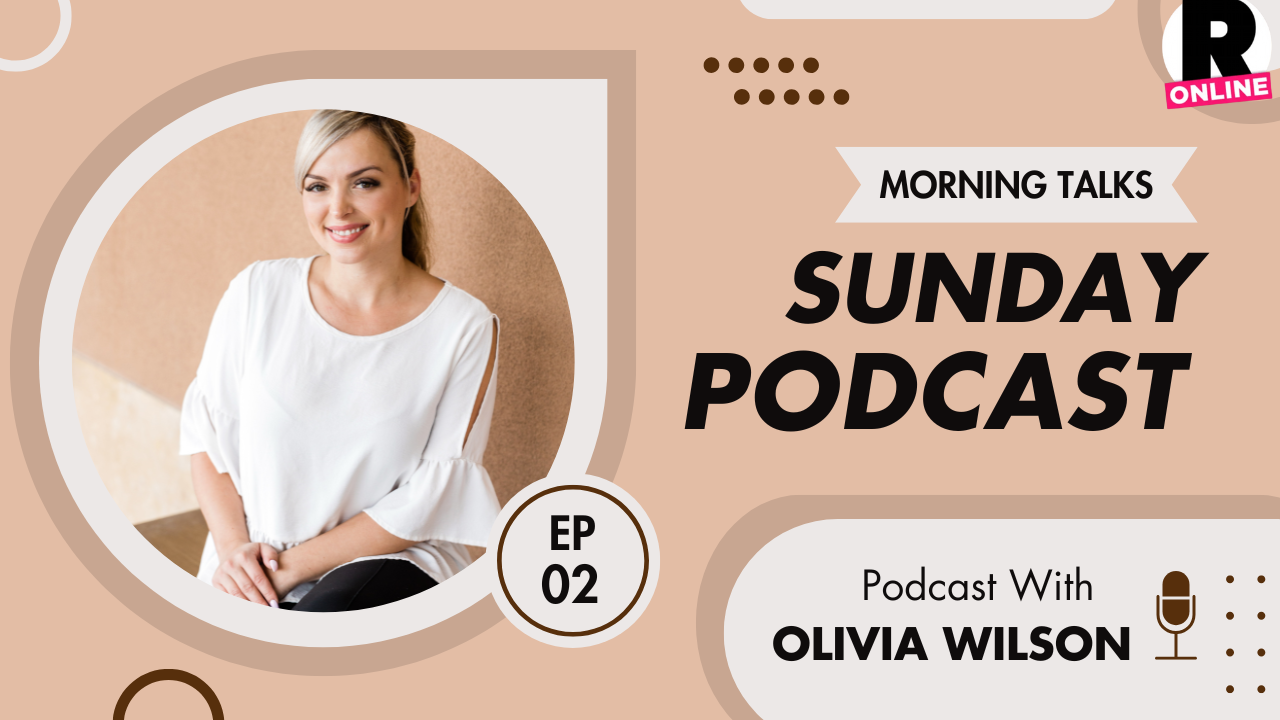Critical Thinking Exercises is one of the most valuable skills anyone can possess in the modern world. It allows you to evaluate information objectively, make reasoned judgments, and solve problems effectively. Whether in school, work, or personal life, the ability to think critically helps you navigate complex situations and make better decisions. The good news is that critical thinking is not an innate talent—it’s a skill that can be developed and strengthened through deliberate practice. In this article, we’ll explore a variety of critical thinking exercises that can sharpen your reasoning, improve your decision-making, and boost your overall intellectual capacity.
What Is Critical Thinking?
Critical thinking is the process of analyzing facts to form a well-reasoned judgment. It involves questioning assumptions, identifying biases, examining evidence, and considering alternative viewpoints. Rather than accepting information at face value, critical thinkers evaluate its accuracy and relevance before forming conclusions.
For example, when reading a news article or listening to a political speech, a critical thinker asks: Who is the source? What is their motive? What evidence supports their claim? This approach helps prevent manipulation and encourages independent thought.
Why Critical Thinking Exercises Matter
In today’s world of information overload, critical thinking is essential. People are constantly bombarded with data, opinions, and media from all directions. Without the ability to discern truth from distortion, it’s easy to be misled. Practicing critical thinking exercises can:
-
Strengthen problem-solving abilities
-
Improve decision-making and analytical skills
-
Enhance creativity and logical reasoning
-
Build open-mindedness and intellectual humility
-
Encourage lifelong learning and curiosity
Top Critical Thinking Exercises
1. The “Five Whys” Technique
This simple exercise helps uncover the root cause of a problem. Start with a question or situation and ask “Why?” five times, digging deeper with each answer.
Example:
-
Problem: My project submission was late.
-
Why? – I started too late.
-
Why? – I underestimated how long it would take.
-
Why? – I didn’t plan ahead properly.
-
Why? – I didn’t prioritize it in my schedule.
-
Why? – I often procrastinate when tasks seem overwhelming.
By the fifth “why,” you’ve reached the root issue and can work on addressing it directly.
2. Socratic Questioning
Named after the Greek philosopher Socrates, this exercise encourages deep reflection through disciplined questioning. The goal is to challenge assumptions and broaden understanding.
Ask yourself questions like:
-
What evidence supports this belief?
-
Could there be another explanation?
-
How would someone with a different viewpoint interpret this?
-
What are the possible consequences of this decision?
This exercise is particularly useful in debates, decision-making, or when evaluating new information.
3. The Perspective Swap
Take an issue or opinion you strongly hold and argue against it as convincingly as possible. Try to see the issue from another person’s perspective, using logic and empathy.
For instance, if you believe remote work is superior, list the possible downsides or reasons why office work might be more effective. This trains your mind to consider multiple sides of an argument and prevents bias-driven reasoning.
4. Daily Reflection Journal
At the end of each day, take five minutes to reflect on your thoughts and decisions. Write about moments where you made assumptions or reacted emotionally. Ask yourself:
-
What influenced my decision?
-
Did I rely on facts or feelings?
-
Could I have approached the situation differently?
This consistent habit helps you become more self-aware and thoughtful in future situations.
5. The Fact vs. Opinion Exercise
Choose an article, advertisement, or news story and highlight all factual statements in one color and opinions in another. This activity helps you distinguish between objective information and subjective commentary, a key skill in critical evaluation.
6. Reverse Thinking
Instead of asking, “How can I achieve this goal?”, flip the question to, “What would prevent me from achieving it?” Identifying potential obstacles helps you anticipate challenges and think proactively.
Example:
If your goal is to improve time management, list all the ways you could waste time, then develop strategies to avoid them.
7. Brainstorming with Constraints
Creativity and critical thinking often go hand in hand. Try setting limitations during brainstorming sessions—for example, think of ten solutions to a problem using only two resources or under a specific time limit. Constraints push your brain to think more creatively and analytically.
How to Make These Exercises More Effective
-
Practice regularly: Like any skill, critical thinking improves with repetition.
-
Engage in discussions: Debating ideas with others sharpens reasoning.
-
Stay curious: Ask questions about how and why things work.
-
Be open to feedback: Constructive criticism helps identify blind spots.
-
Challenge your beliefs: Growth happens when you step outside your comfort zone.
Conclusion
Critical Thinking Exercises is not just an academic exercise—it’s a life skill that shapes how we understand the world and interact with others. By practicing these exercises regularly, you can train your mind to be more analytical, logical, and open-minded. In a world where misinformation spreads quickly, the ability to think critically is one of the most powerful tools you can possess.
Whether you’re a student, professional, or lifelong learner, take time each day to engage your mind. The more you question, reflect, and reason, the sharper your critical thinking will become.




